Alfred
Posts: 6685
Joined: 9/28/2006
Status: offline

|
quote:
ORIGINAL: StK
Well: Several things came to my attention during my first round in the grand campaign (other then that workload seems to be overwhelming, there is simply so much to do.)
1. How many Hexes can a Plan efficiently search? I know 1 plane can search about 10° thoroughly but the bigger the range the more hexes lie in that arc, which should result in a worse search result?
Recon planes conducting a "recon mission" engage in a point to point activity. Range therefore does not deteriorate their effectiveness.
Patrol planes (includes float planes and bombers) conducting a "naval search" mission are engaged in an area activity. For them there is a negative corelation between distance and effectiveness. From an efficiency POV, there is very limited value in placing to search out for more than 12 hexes.
Note that aircraft conducting an "ASW mission" (another area activity) the range of the plane is halved.
2. Planes flying at a higher altitude.. lets say 12000ft should be able to cover more ground but should have a harder time spotting smaller forces? (low flying planes should cover less ground but have a higher hit rate (and might spot subs?) at least that's what "logic" tells me?
Much debated over the years. Some players hold that view, others don't. Subs might be spotted (but not attacked) by a unit flying a "naval search" mission because the sub is in a TF but really if you want to spot and attack subs from the air, you should use the "ASW mission".
3. It was stated that PT-Boats perform better when visibility is low against surface combat ships(which seems logical because otherwise they would be picked of by the superior range of combat vessels with proper guns.. so that would imply i should hit with them during night time. But I have no control over this as I can only set airplanes to only operate at night or am I missing something?
You do have some control. TFs move in two phases, night first followed by day. To aim for a night action time your movement so that the distance to be travelled can be met solely during the first night phase.
4. In the tutorial videos its stated that fast transport groups have a chance to abort their transport mission if there is an enemy fleet present (the video says something about 50%). Can I force them to go through with it? Or does the commanders aggressiveness play into that?
You can set the threat tolerance level of the task force itself.
5. The manual states that if an airgroup is disbanded planes and pilots go into the pool, but the game says that pilots and planes will be "lost"(which would make them unavailable, no?). Which of those is true? And if they go into the pool can I disband restricted air units to gain planes for unrestricted units? (which would make some planes in the eastern US a perfect way to get valueable airframes to under-equipped combat units)
Both are true. That is because there are two different types of air unit withdrawal.
(a) Units which are permanently withdrawn, never to return, lose their pilots and airframes. These are units which were sent to the ETO and took no further part in the PTO.
(b) Units which will return some time after their withdrawal see their pilots and airframes go into the pools. Most units which withdraw fall into this category.
Don't be so quick in disbanding units. You need air units away from the frontlines training pilots.
6. The workload is a little overwhelming for a new player (I'm no stranger to games with a high workload... the Victoria or Hearts of Iron series f.e. but WitP - AE plays in a completely different league). There is the quiet China scenario and i read that "after a few turns combat will stop in china. What does that mean? Are the Japanese units that were there after a few turns able to flood the rest of the map or do they get frozen. What happens to the Chinese Units or to the whole area for that fact?
Quiet China means that the AI does not pursue offensive targets. There is initially some "housekeeping" operations but once they have been met, it goes on a sitzkrieg.
I think that's it for now.
Alfred
|
 Printable Version
Printable Version
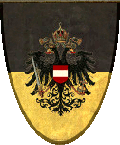
 . It's a challenge I like it (but it could be a lot more beginner-friendly with just a few tweaks).
. It's a challenge I like it (but it could be a lot more beginner-friendly with just a few tweaks). 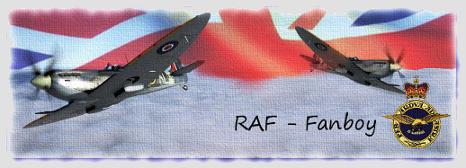





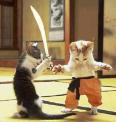







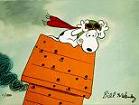







 Whoa! I wouldn't even trust my wife with that....unless I had to make bail or something.
Whoa! I wouldn't even trust my wife with that....unless I had to make bail or something.

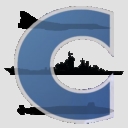


 New Messages
New Messages No New Messages
No New Messages Hot Topic w/ New Messages
Hot Topic w/ New Messages Hot Topic w/o New Messages
Hot Topic w/o New Messages Locked w/ New Messages
Locked w/ New Messages Locked w/o New Messages
Locked w/o New Messages Post New Thread
Post New Thread